Grrl Power #1383 – Kobold you didn’t
I can all but guarantee there is a message board somewhere that the dog-kobold and dragon-kobold people wage holy war upon each other. But I like the dragon kobolds. Mostly because I can find more cute pictures of lizard-folk halflings than I can of were-hyena-halflings.
Hmm. Not really sure what else to say about this page that doesn’t basically spell out the next few pages. I mean, obviously, holo-disguise montage incoming, right? But, uh… yeah. I’m really tired tonight, so I’m going to leave the rest of the commenting up to you guys.
There is a new one coming soon, I promise!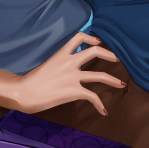
The vote incentive is finally done!
The update to the TWC image is pretty minor, but the Patreon version has the bonus comic as well as nude versions. I will strive to make the next one more timely.
Double res version will be posted over at Patreon. Feel free to contribute as much as you like.
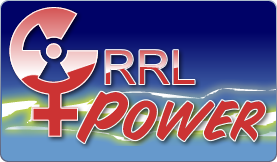
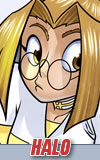

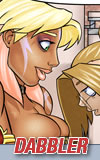
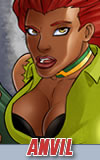
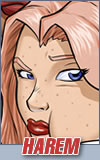

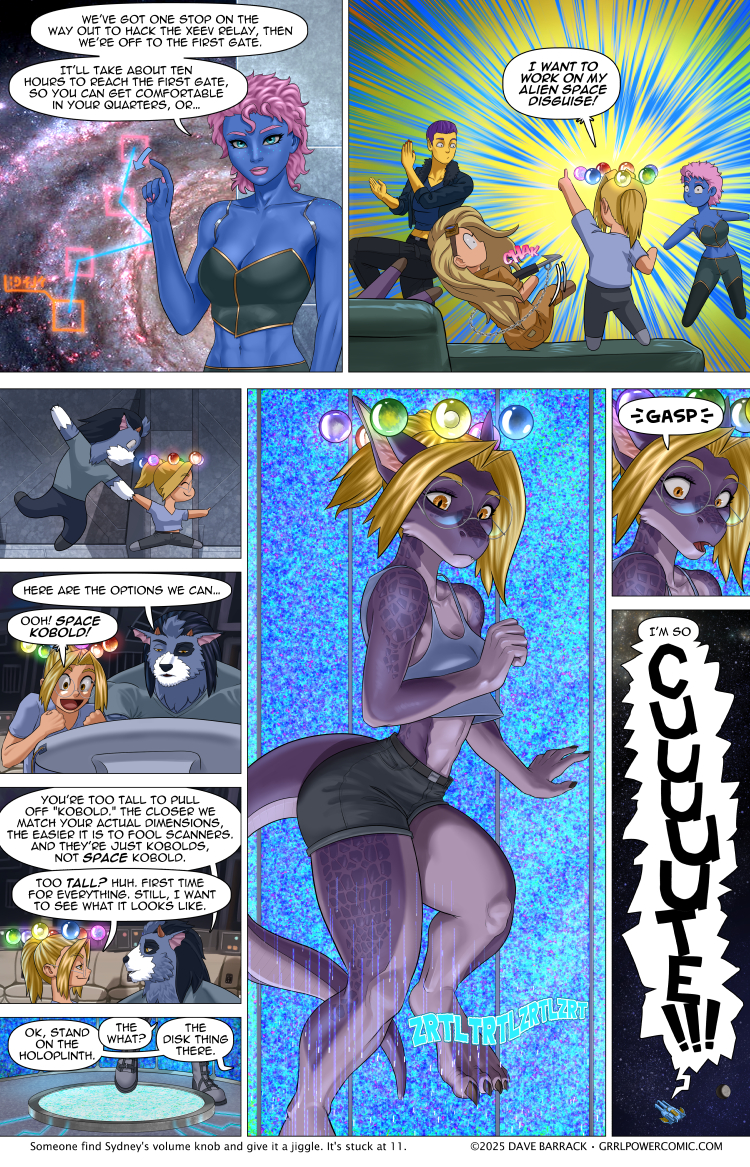


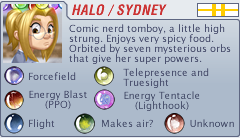


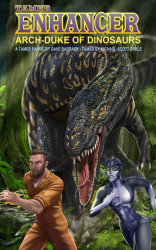
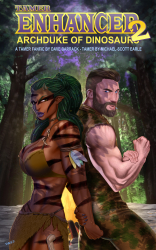

Seeing the discussion on what is a kobold. Kobolds as we see the variations today are the result of the two most unfortunate shifts in folklore and mythology, what I call “The Victorian Jumble” and “The Fiction re-creation”.
Which before going into that, it was very common through out history for mythologies and folklore to mix, generally a synchronization would occur when let’s say (culture A) meets (culture B) and they are both like, “hey this monster, superstition, or divine being is very similar in apperance or most of what it does to ours, so we are going to combine them in our culture, creating something mostly like what we have but incorporating traits from yours”…and then we would see a drift as time went on from there but that’s the other thing, cultural dynamism (which many people looking at myths and folklore forget that these civilizations were and are ALIVE and people and preferences and focus in stories changes over time…just be glad we have cultures that wrote stuff down so we can trace these changes in some cases.
-Which as an aside, I was doing a little project seeing how well we could trace the goddesses base on or partially inspired by Ishtar/Innana, and possibly the proto-Indo European and Neolithic figures they and others across India, Asia, and Europe, and parts of Northern Africa, may have shared a prior history. Which this affected gods and monsters and various little people and what not stories. To the point we even got “repeaters”…a funny phenomenon where that prior “hey you have something that is similar to what we have” is because the two cultures technically got it from a third culture or were once part of a prior culture (see pre Bronze age collapse civilization writings and post Greek dark ages for examples of…this was here..split..gained some distinct features in the split…and then were rejoined with the new features or as two separate gods or monsters into the new culture…epithets tended to lead to splits and fusions and repeats as distinct figures.
now what does this have to do with the kobold…well it and a number of house spirits and little people and such were previously much taller “domestic gods” either as ancestor worship *founder of the home* or such but rather than take the guardian angel shift as personal gods did were diminished , made uglier, and more mischevious. But many of these over centuries of the Middle Ages developed their own distinct local identities…yeah it feels weird but the Middle Ages with the Holy Roman Empire resulted in a lot of towns and villages acting as their own little worlds, to the point it was common for one town to have a slight difference in their language than the town over the next hill. So local myths made a lot of changes…which brings us to…
the Victorian Jumble, when the church stopped with outlawing talk of demons and fairies, the Victorians wanted to classify everything…but also keep it simple..and with an extreme bias to their own culture, thus starting the tradition of jumbling every other thing under a handful of names, but also carving off others who do this to fit something distinct, thus goblin, troll, fairy, pixie, elf, gnome, kobold, and so many other magical beings got jumbled, intermixed and the names treated as interchangeable by the Victorians, even when translating other cultures…something we still see today with for example the Oni vs Ogre translation issue or calling things “Japanese goblins”, or “chinese pixies”.
and important to the kobold was the British sticking a rat tail on their version, sometimes a cow tail…weirdly combining an element from the Icelandic hidden people (who are not tiny at all) with the house brownies and kobolds and bogles and such.
which brings us to the most criminal in terms of cultural re-identification of mythical creature, the fictional re-creation…the bane of the existence of folklorist who have to deal with things like “well dragons have such and such” and they are quoting a schelastic book fair fictional book written like it was talking about real animals or Dungeons and Dragons and not mythology or legends. As well as the biggest bane “well its fiction you can do what ever you want with it” resulting in people stretching the definition of something so thin that it barely qualifies anymore or just throwing it out the window and using the name (hello tv show Supernatural, who I accuse of doing this, especially season 4 and beyond I feel just to troll fans of folklore and mythology…cowboy Phoenix, Zana as imaginary friends…kitsune, djinn, etc…where I have so often said just do like Buffy did and make up your own monsters if you aren’t even going to try and resemble the name sake).
any who, fiction has, especially popular sort of ingrained this idea in many people of what some of these look like or are due to the habituation affect, its the version you saw the most so associate with it the most.
So Germany: Kobold is a domestic spirit, turnsd little poeple in houses, boats, mines, and so on each with its own distinct title.
Victorian England: gives them a tail, especially late Victorian to tell apart from gnomes (who at this point they decided had beards and pointy hats to tell apart from the others).
Dungeons and Dragons does the “our monsters are different” trope and gives kobolds canine and reptillian features. which is now where the modern fantasy divide happens.
in America Dungeons and Dragons would gradually shift to more reptilian, but in Japan there was a popular video game that embraced the canine features, and the canine version became the more popular one in Japan for fantasy games. So in modern anime and manga while you will still see the little goblin like person one occassionally its more common for them to be dog people, usually short but not always. Its like the Orc thing, western Orcs are hard to tell apart from ogres and most trolls but in Japan them having a pig like face became more popular so you see pig like orcs today.
-sorry that went on longer than I thought I was going to type-I was trying to summarize and not use too many specific examples of what is honestly kind of a fascinating time chart of cultural changes in preferences.